New mass spectrometry assay speeds up UTI diagnosis
The urinary tract is a common site for bacterial infections that affect millions worldwide. UTIs are most often caused by E. coli and are treated with antibiotics.
To test for the bacterial cells in urine, doctors use a culture system to grow microorganisms. They then use an instrument called matrix-assisted laser desorption ionization time-of-flight, or MALDI–TOF, mass spectrometry to detect and identify bacterial species in the culture.
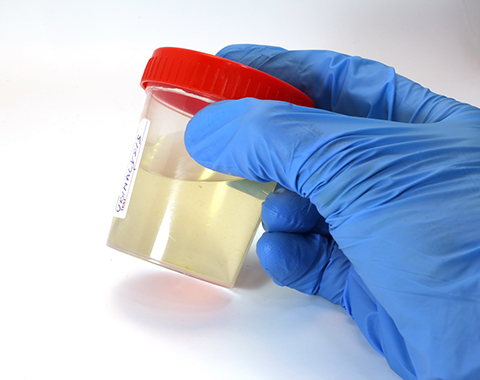
MALDI–TOF analysis is generally accurate, but because of the time needed to grow culture, it takes 24-48 hours to obtain results. This can delay treatment, prolong patient suffering and may contribute to increased occurrence of antimicrobial-resistant pathogens. Therefore, with bacterial infections such as UTIs, researchers want to develop quicker methods of detection.
In a recent study published in the journal Molecular & Cellular Proteomics, researchers at the Centre Hospitalier Universitaire de Quebec proposed a faster method to identify and quantify UTI infections in urine samples.
Clarisse Gotti, Florence Roux–Dalvai and their team used a technique called liquid chromatography–mass spectrometry, or LC–MS, to identify and quantify proteins. They suggested clinicians should use LC–MS for urine analysis, rather than MALDI–TOF because it is more efficient, specific and sensitive.
Most importantly, LC–MS can analyze urine samples directly, eliminating the need to grow bacterial cultures.
“There is, for now, a strong limitation in infection diagnosis in using bacterial cultures,” Roux–Dalvai said. “We don't need a bacterial culture (for LC–MS).”
In a previously published study, the team established that LC–MS can identify bacterial species in urine by monitoring MS protein signatures, which can then be used for UTI diagnosis. Moreover, they combined LC–MS with machine learning algorithms to better differentiate unique peptides and distinguish UTI-causing species from other bacterial species. This allows for more accurate analysis.
A few downsides to this first method include a lack of robustness, high costs and relatively low throughput. In their recent paper, the researchers redesigned their initial strategy so that their method can be run routinely for potential clinical use.
“We demonstrated that the bacteria can not only be identified through this process, but they can also be quantified, which is important in the case of UTIs, because you need to know the level of infection to know if it requires an antibiotic therapy or not,” Roux–Dalvai said.
In their redesign, they reduced the volume of urine required for analysis, which allows for faster sample preparation. They also switched from a more expensive, high-resolution detection mode and MS instrument to one that costs less. Their updated strategy reduced turnaround time while maintaining the quality of bacterial detection.
“For the moment, we can have results in about 10-15 minutes,” Roux–Dalvai said.
In the future, they hope to further reduce the time needed to process urine samples and enrich the UTI peptide signature to make the bacteria easier to detect.
“We want to add information in the signature about whether the strains are resistant or not,” Roux–Dalvai said.
After that, they aim to repurpose their method to detect other types of infections.
Enjoy reading ASBMB Today?
Become a member to receive the print edition four times a year and the digital edition monthly.
Learn moreGet the latest from ASBMB Today
Enter your email address, and we’ll send you a weekly email with recent articles, interviews and more.
Latest in Science
Science highlights or most popular articles

E-cigarettes drive irreversible lung damage via free radicals
E-cigarettes are often thought to be safer because they lack many of the carcinogens found in tobacco cigarettes. However, scientists recently found that exposure to e-cigarette vapor can cause severe, irreversible lung damage.
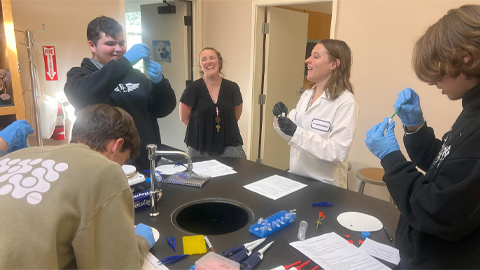
Using DNA barcodes to capture local biodiversity
Undergraduate at the University of California, Santa Barbara, leads citizen science initiative to engage the public in DNA barcoding to catalog local biodiversity, fostering community involvement in science.
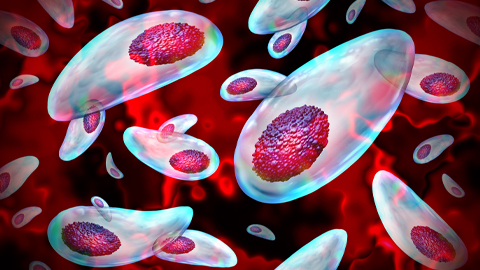
Targeting Toxoplasma parasites and their protein accomplices
Researchers identify that a Toxoplasma gondii enzyme drives parasite's survival. Read more about this recent study from the Journal of Lipid Research.
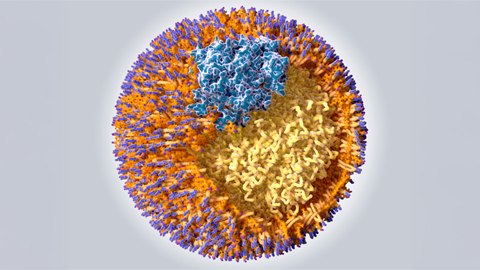
Scavenger protein receptor aids the transport of lipoproteins
Scientists elucidated how two major splice variants of scavenger receptors affect cellular localization in endothelial cells. Read more about this recent study from the Journal of Lipid Research.
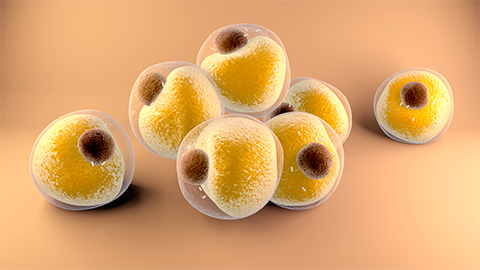
Fat cells are a culprit in osteoporosis
Scientists reveal that lipid transfer from bone marrow adipocytes to osteoblasts impairs bone formation by downregulating osteogenic proteins and inducing ferroptosis. Read more about this recent study from the Journal of Lipid Research.
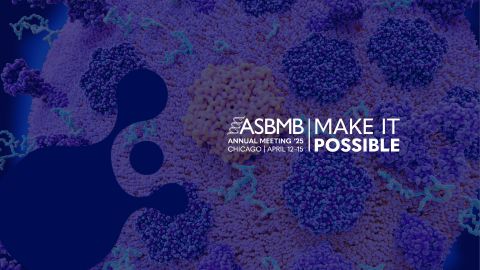
Unraveling oncogenesis: What makes cancer tick?
Learn about the ASBMB 2025 symposium on oncogenic hubs: chromatin regulatory and transcriptional complexes in cancer.

